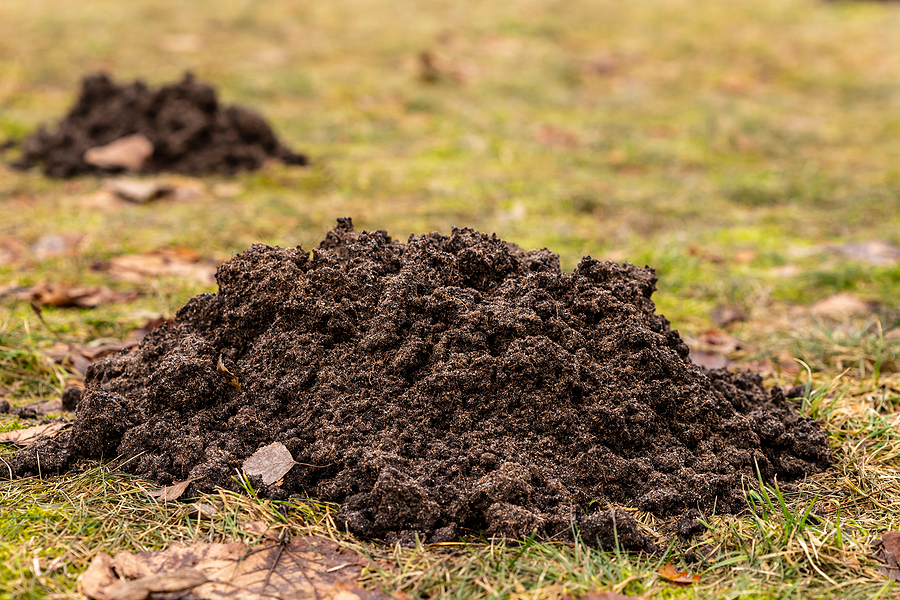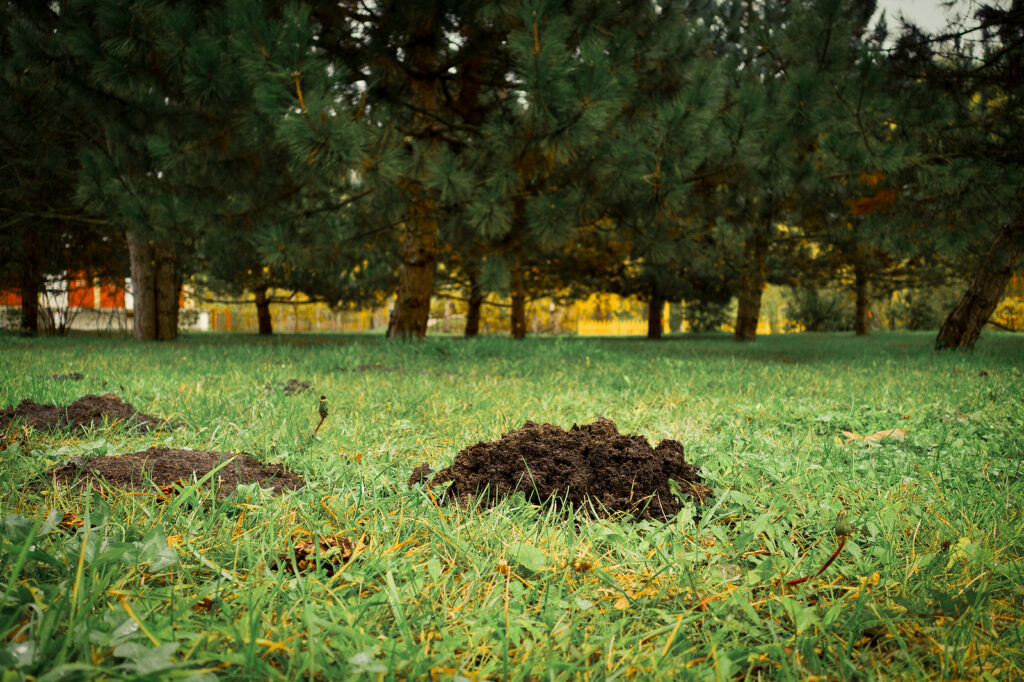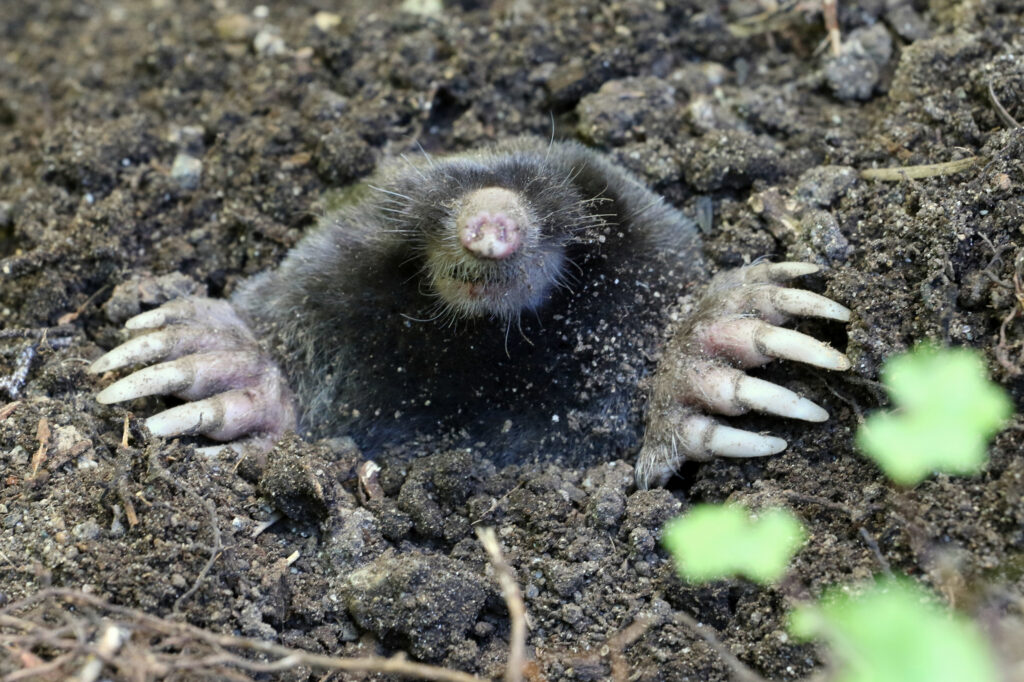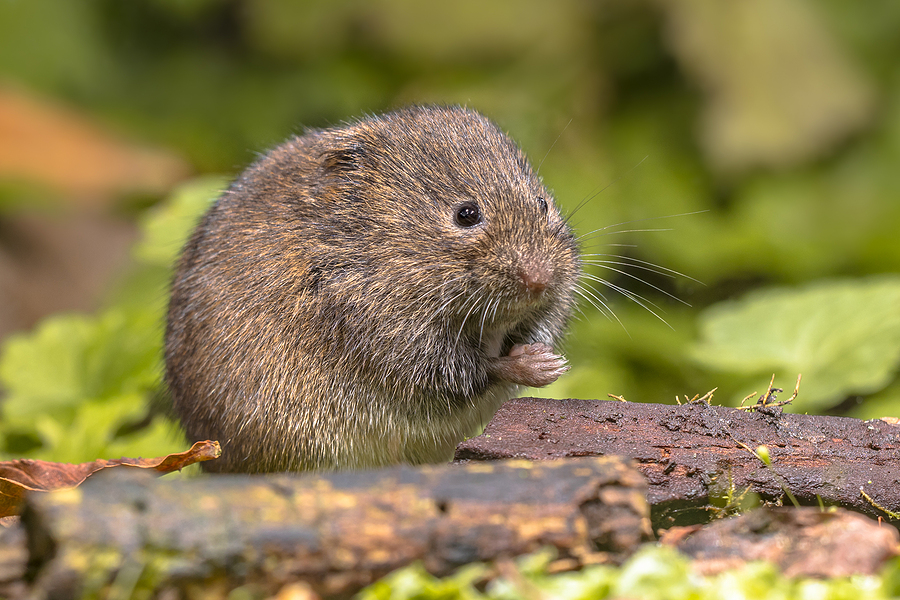When it comes to maintaining a pristine lawn, yard moles can pose a significant challenge, turning your well-manicured greens into a mess of mounds and tunnels. These uninvited guests burrow underground, disrupting root systems and creating unsightly molehills. If you’re tired of these pesky lawn invaders and their destructive habits, we’re here to help.
This blog post will provide practical, humane solutions for yard mole removal and control, equipping you with the knowledge to reclaim your yard. Let’s delve into the world of mole controls and unearth the secrets to a mole-free yard.
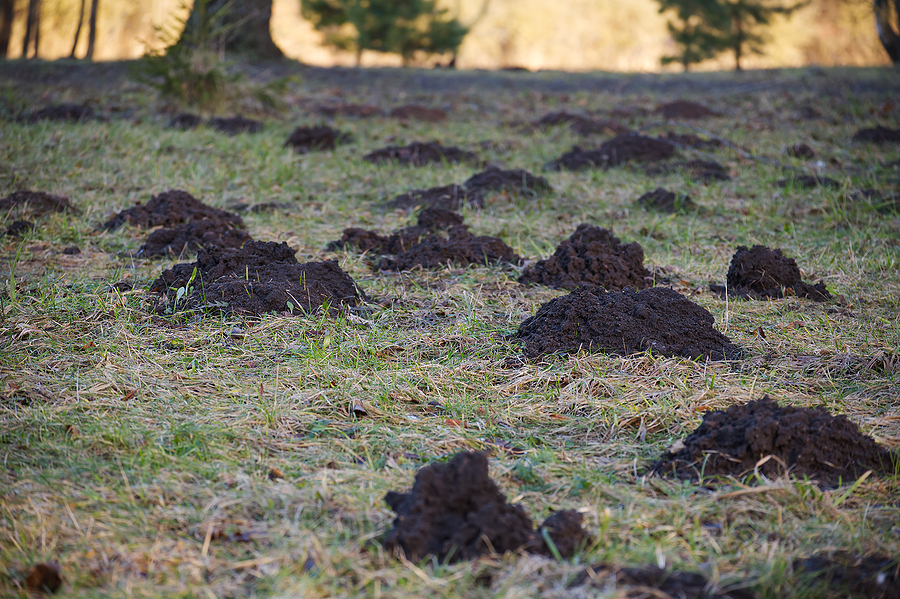
Common Signs of Yard Moles
First, let’s look at some of the signs that garden moles have taken up residence in your yard. Moles create raised tunnels and mounds of soil as they burrow through the ground looking for food. They also leave behind irregular feeding tracks which are visible paths left on the surface of your lawn where vegetation has been removed or destroyed. If these signs appear on your lawn, chances are – you have a ground mole infestation.
Non-Lethal Mole Control Solutions
If you’re looking for non-lethal solutions to get rid of moles in the yard, you have several options at your disposal. For starters, the use of repellents is effective in keeping moles away from your property. Mole repellents come in a variety of forms, including liquid and granular products. Simply apply the repellent to your lawn as directed by the manufacturer and it should work to drive away moles from your property.
Another non-lethal solution is mole trapping. Trapping involves setting up traps strategically around your lawn so that when lawn moles get too close, they trigger the trap and become trapped inside. You can purchase mole traps at your local hardware store.
Finally, you may also consider using a sonic repelling device to keep moles away from your property. Sonic repellers work by emitting sound waves that drive moles away from the area. Typically, these devices are battery-powered, solar-powered, or they plug into an outdoor outlet.
Lethal Mole Control Solutions
If you prefer a more permanent solution, you can also consider lethal methods of mole control. Fumigation is an effective method for killing moles in your yard. During fumigation, specialized equipment is used to inject toxic gas into the tunnels and burrows created by moles. This process exterminates any animal moles that may be living in those tunnels.
Another lethal solution is the use of poison bait to kill moles. Poison bait can be purchased from your local hardware store and should be used as directed by the manufacturer. To ensure maximum effectiveness, place the bait strategically around areas where mole activity has been detected.
Be sure to check with your county ordinances before attempting to trap or kill moles. There could be laws against it, in which case, you will need to hire a licensed and insured wildlife control company for yard mole removal services.
Final Tips and Tricks for Successful Mole Control
Now that you know the different techniques available for yard mole removal, it’s time to put your newfound knowledge into action. Here are some final tips and tricks to keep in mind when attempting mole control:
Remove any possible food sources for moles around your yard, such as insects or worms that live near the surface of your lawn.
Regularly check your lawn for new signs of mole activity and take action right away.
If you have pets, make sure to keep them away from any trapped or poisoned moles so they don’t try to eat them.
Finally, it’s essential to stay vigilant in order to ensure effective control of moles in your yard. Monitor mole activity regularly and take action as soon as you notice any signs of infestation.
In Summary
We hope this comprehensive guide has equipped you with the knowledge to tackle your yard mole problem and reclaim your lawn from these pesky invaders. Armed with these effective strategies for successful mole control, you’ll be one step closer to achieving the picture-perfect lawn of your dreams.
Do you have a nuisance mole problem on your property? Contact Modern Wildlife Control at 317-847-6409 for safe and effective animal trapping and removal services for yard moles in Indianapolis, Indiana and its surrounding counties. We serve residential and commercial customers.
Related Posts:
Are Moles and Voles the Same Animal?
How to Manage Yard Mole Removal and Control Season
Top Signs You Have a Yard Mole Problem

